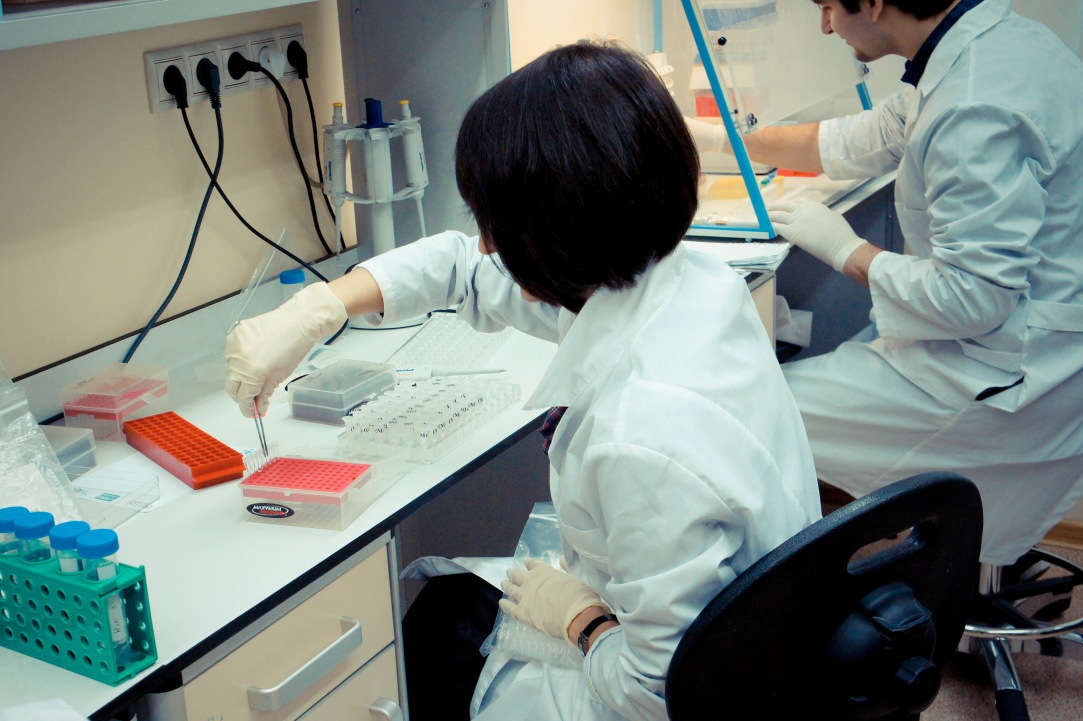Laboratory for Molecular Mechanisms of Ageing Opens at HSE University

The decision to create the laboratory was based on the results of an open competition organised by HSE University. The winner of the competition was the project ‘The role of non-coding RNA in facilitating active ageing’ led by Maxim Shkurnikov, Associate Professor of the HSE University Faculty of Biology and Biotechnology.
The Project Competition for Launching Experimental Research Laboratories in the Natural Sciences from was held in the second half of 2021. The goal of the competition was to create, support, and develop scientific fields and international-level schools at HSE University, as well as to develop the modern infrastructure of the university’s natural sciences cluster. The competition covered two areas: biophotonics and aging (including biology, physiology, biomedicine, biostatistics, and bioinformatics).
The results were announced in December 2021 at a meeting of the Competition Commission chaired by HSE University Rector Nikita Anisimov. The winning project was ‘The role of non-coding RNA in facilitating active ageing’ led by Maxim Shkurnikov, Associate Professor of the HSE University Faculty of Biology and Biotechnology.
With life expectancy growing (life expectancy in Russia has risen by 8 years since 2000), this project is important for advancing scientific knowledge about the aging process, ensuring good quality of life and facilitating healthy ageing. The project will be implemented by the Laboratory for Molecular Mechanisms of Ageing.
‘Ageing is an inevitable part of all our lives, but the ageing process itself occurs differently for different people. Some reach old age in excellent physical and mental condition, while others can start exhibiting signs of ageing while still relatively young. Various factors—including genetics, lifestyle, and environment—influence this to different degrees. One of the challenges facing modern biology and medicine is the development of ways to influence molecular genetic mechanisms of biological development,’ explains Maxim Shkurnikov.
The majority of studies into the mechanisms of ageing are carried out on a very limited number of classical model organisms: lab mice and rats, common fruit flies, and roundworms. While there are clear benefits to this approach, the specific characteristics of these species can lead to errors in interpreting experimental results, he added.
The project on ‘The role of non-coding RNA in facilitating active ageing,’ will include the development of a multi-organ microfluidic model for studying ageing processes and approaches to facilitating active ageing. The laboratory will investigate patterns in the processes of age-related changes at the epigenetic, transcriptomic, and metabolomic levels in the multi-organ model, as well as assess the influence of age-related changes on the metabolite profile of the gut microbiome. There are also plans to develop methods of influencing the biological processes associated with ageing.

Maxim Shkurnikov, Associate Professor of the HSE University Faculty of Biology and Biotechnology, Head of the Laboratory for Researching the Molecular Mechanisms of Ageing
The laboratory started operating in January. We are currently selecting suppliers for the equipment required to achieve our goals and the tasks outlined in the project. We have formed several research groups in key project areas, including a group of highly qualified mathematicians to deal with a range of tasks in bioinformatics and mathematical modelling. One of their tasks will be to develop bioinformatic methods for analysing large quantities of data. One of the laboratory’s priorities will be to introduce students and graduates of HSE University to modern scientific research resources and encourage them to join us to solve research tasks.
Funding for the Laboratory for Molecular Mechanisms of Ageing covers:
the purchase of equipment;
wages, academic mobility, consumables, equipment maintenance and other research expenses.
The laboratory’s activities may be extended based on the results of an international independent expert assessment, which will be carried out every five years.